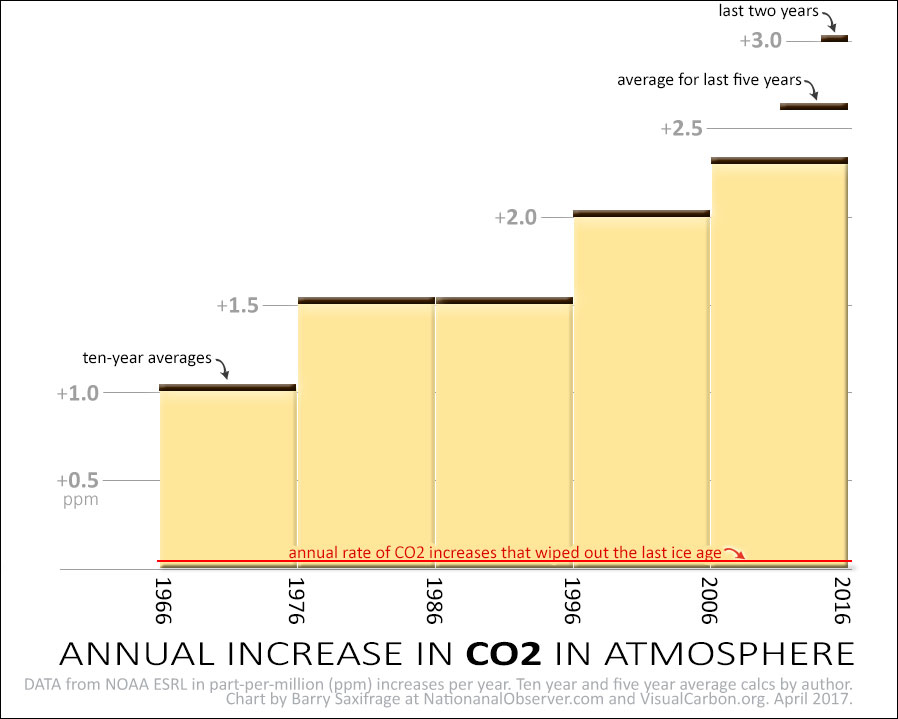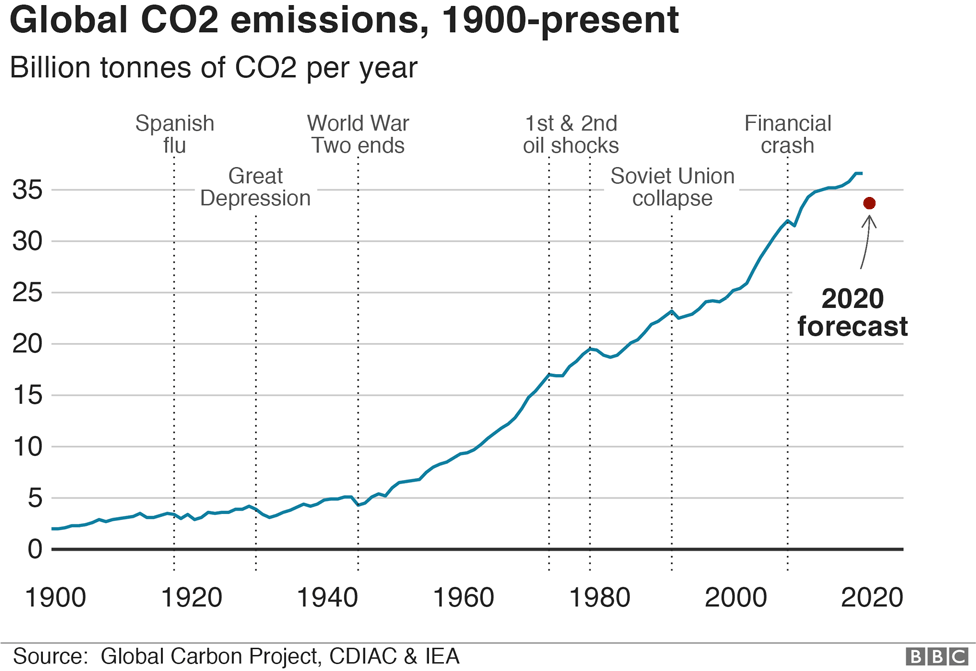Around three quarters of the increase in co2 levels from human activity over the last 20 years is from the burning of fossil fuels the rest is made up largely of land use changes such as deforestation

Around three quarters of the increase in CO2 levels from human activity over the last 20 years is from the burning of fossil fuels. The rest is made up largely of land use changes such as deforestation.

The alarming increase in carbon dioxide (CO2) levels in our atmosphere has been a cause for concern among scientists and environmentalists. Over the past two decades, there has been a significant rise in CO2 emissions resulting from human activities. However, when it comes to understanding the sources of these emissions, research shows that approximately three quarters of this increase can be attributed to the burning of fossil fuels. The remaining portion is primarily a consequence of land use changes, particularly deforestation.
Carbon dioxide, a greenhouse gas, is one of the main contributors to global warming and climate change. As humans continue to burn fossil fuels for energy, such as coal, oil, and natural gas, vast amounts of CO2 are released into the atmosphere. This process has been ongoing for centuries, but it has accelerated in the last 20 years due to the rapid industrialization and increased energy demands of our growing global population.

The burning of fossil fuels, particularly in power plants, vehicles, and industries, releases enormous quantities of CO2. These emissions trap heat in the Earth’s atmosphere and contribute to the greenhouse effect, leading to rising temperatures, melting ice caps, and extreme weather events. The consequences of this rapid increase in CO2 levels are far-reaching and could have devastating impacts on our planet if left unchecked.
While the burning of fossil fuels is responsible for the majority of CO2 emissions, land use changes also play a significant role. Deforestation, in particular, contributes to the release of CO2 into the atmosphere. When trees are cut down, the carbon stored in their tissues is released as CO2 during decomposition or burning. Additionally, deforestation reduces the earth’s capacity to absorb CO2 through photosynthesis, further exacerbating the issue.
To mitigate the effects of climate change, it is crucial to address both the burning of fossil fuels and deforestation. Transitioning to renewable energy sources and adopting sustainable practices in agriculture and forestry are essential steps in reducing CO2 emissions. Governments, businesses, and individuals must work together to develop and implement strategies that promote cleaner energy alternatives and protect our forests.
In conclusion, the increase in CO2 levels over the last 20 years can be primarily attributed to the burning of fossil fuels, accounting for approximately three-quarters of emissions. The remaining portion is largely a result of land use changes, particularly deforestation. By understanding and addressing these sources, we can take meaningful steps towards reducing our carbon footprint and preserving the health of our planet for future generations.
*Source: National Observer
Tags
Share
Related Posts
Quick Links
Legal Stuff

